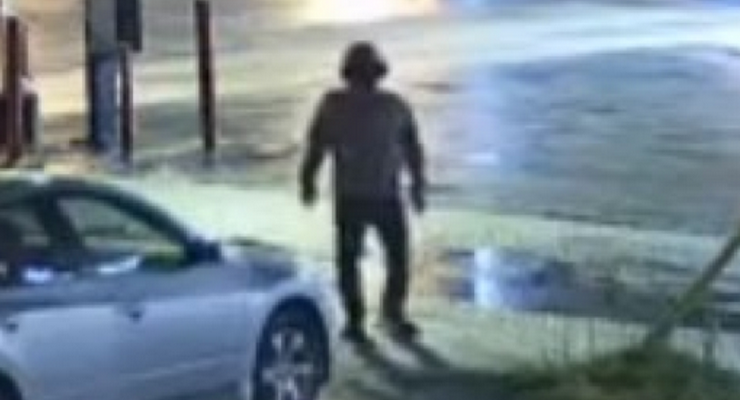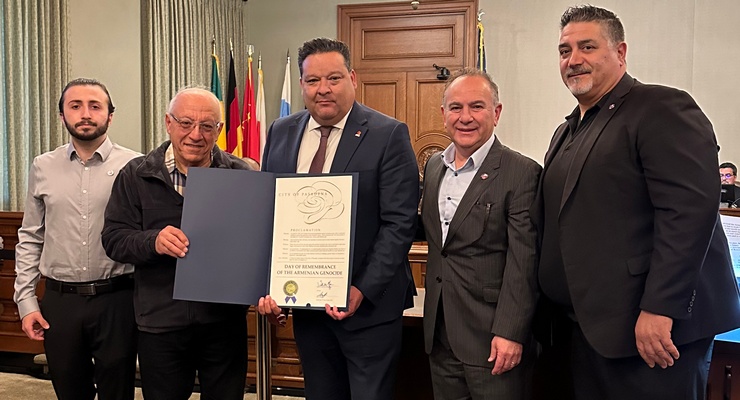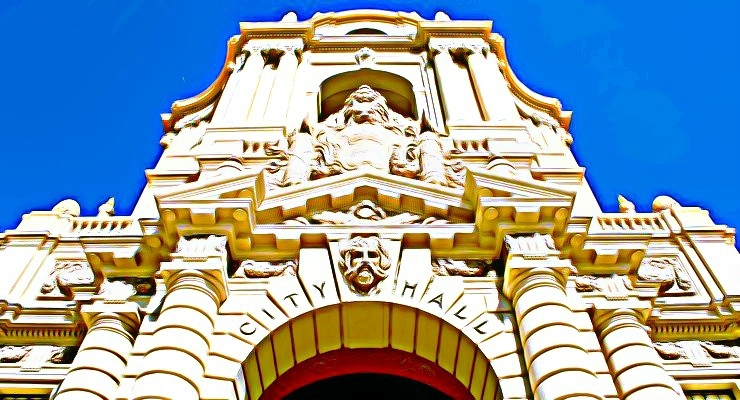A team led by Jet Propulsion Laboratory engineers is taking part in a competition this week in which scientists will pit subterranean robot designs against each other inside an abandoned Kentucky limestone mine, according to JPL.
The SubT Challenge is being hosted by the U.S. Defense Advanced Research Projects Agency, or DARPA. It began Tuesday and will continue through Friday, as each team attempts to demonstrate the autonomous capabilities of their creations.
The submissions from JPL, alone, represent a wide array of designs, including four-legged robots, robots fitted with tracks similar to a tank and even one capable of switching between rolling on large wheels and flying with propellers.
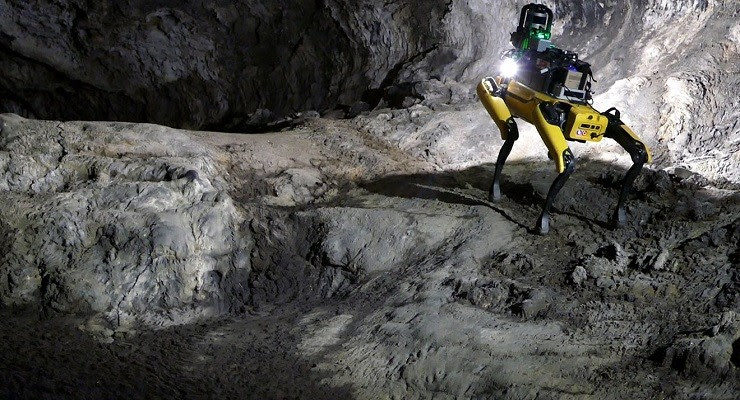
The eight competing teams represent 30 institutions, according to JPL.
“This week’s final event, held in the 4-million-square-foot Louisville Mega Cavern, features a combination of all three subdomains that DARPA has designed — from cave systems with irregular passages and large caverns to subsurface structures with complex layouts that reach several stories high,” the statement said.
The teams are vying for a $2 million grand prize.
The challenges set up for the teams by DARPA are intended to help develop autonomous robotic systems capable of assisting first responders in underground environments, JPL representative said.
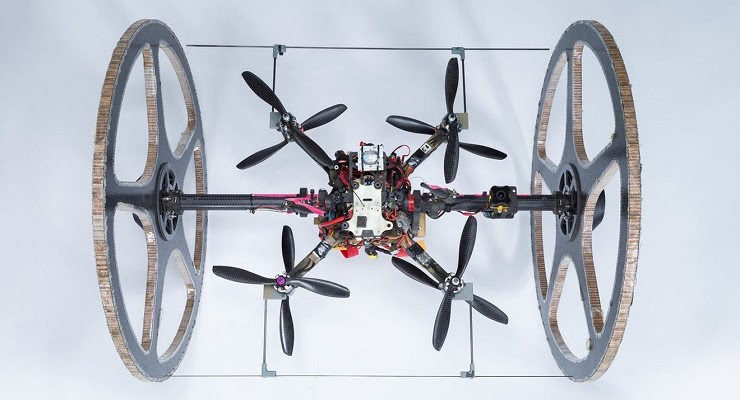
But the technology it helps foster has far-reaching implications, said JPL Roboticist Ali Agha, who serves as principal investigator of JPL’s 60-member robotics team, called Collaborative SubTerranean Autonomous Robots, or CoSTAR.
“Our focus in SubT is not the competition. Rather, this is an incredible opportunity to expedite the technology development and develop new autonomy and [artificial intelligence] capabilities for NASA and for the good of humanity,” he said. “In particular, when it comes to NASA’s quest in searching for life beyond Earth, the NeBula autonomy and AI technologies we develop by participating in this competition can be used in the future by robots that may explore extreme and challenging locations on other worlds where signs of extinct and extant life may be found.”
In addition to JPL roboticists, the team is also made up of members from Caltech, the Massachusetts Institute of Technology (MIT), the Korea Advanced Institute of Science and Technology, Sweden’s Lulea University of Technology and several industry partners, JPL said.
This week’s contest is the last of three phases in the SubT Challenge, which first began in 2018. The three phases include a Tunnel Circuit, an Urban Circuit and a Cave Circuit.
Team CoSTAR earned second place in the Tunnel Circuit, which was held in 2019 inside mining tunnels beneath Pittsburgh, Pennsylvania, according to JPL. The team won first place in the Urban Circuit, which took place in 2020 in an incomplete power plant in Elma, Washington.
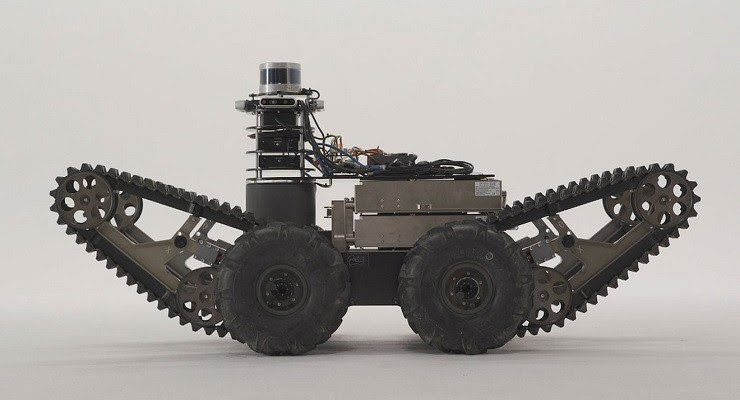
The ongoing Cave Circuit in Kentucky was initially scheduled to take place last year, but was delayed due to the COVID-19 pandemic.
“Team CoSTAR relies on a diverse array of robots to fulfill the mission goals,” the statement said. “They first send in robot scouts to explore the environment, then select a subset of robots best able to collectively satisfy the overall mission goals depending on their mode of locomotion.”
Caltech Professor and JPL research scientist Joel Burdick, who leads Caltech’s portion of the JPL robotics team, said he expected the final phase of the contest to be “particularly challenging.”
“We must use wheeled, legged and flying robots to access all of the complex spaces that DARPA will build into the competition,” he explained. “I am excited to see how our very diverse robot team will perform.
“Our participation in this exciting effort helps further one of the main goals of Caltech’s Center for Autonomous Systems & Technologies: developing robots that can help find and rescue humans in future disasters,” Burdick said.
Highlights from the SubT Challenge will be available for viewing online at subtchallenge.com/SubTv.html, organizers said.
More information on TeamCoSTAR can be found at costar.jpl.nasa.gov.






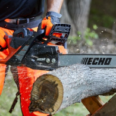
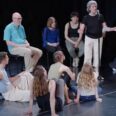




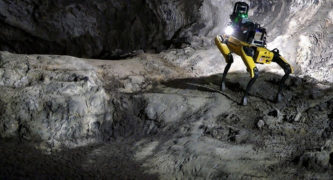

 1 comment
1 comment
